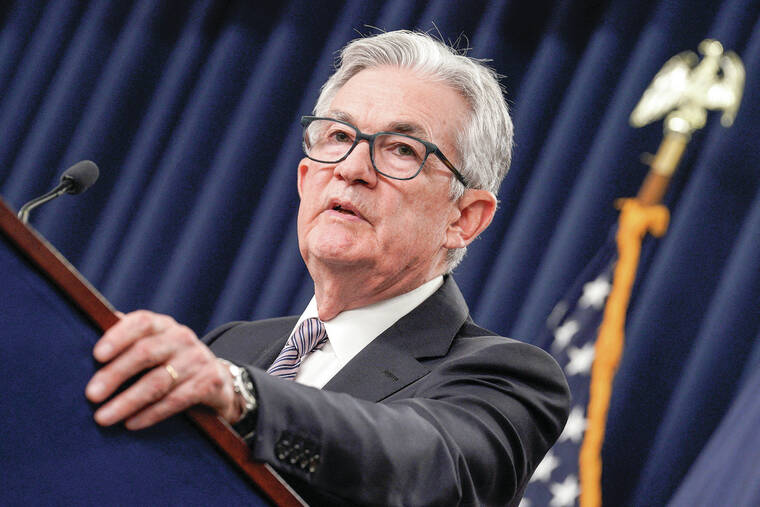Powell’s silence frustrates markets as post-COVID economy shifts
For Rick Plympton, there’s no going back to the pre-COVID-19 economy. The chief executive officer of precision-lens maker Optimax Systems Inc. sees “shifting sands” in many aspects of his business.
It’s tough to find enough workers, prices of key inputs are more volatile and there are longer lags between ordering equipment and having it show up on the Ontario, New York firm’s shop floor. There’s also strengthened support in Washington for the U.S. chip-making industry — which uses Optimax lenses — as politicians take in an altered geopolitical landscape.
ADVERTISING
Many of these changes aren’t temporary, in Plympton’s view. Tight labor markets “are going to be with us for decades,” he says.
But Federal Reserve Chair Jerome Powell isn’t ready to be so conclusive. “The pandemic is still writing the story of our economy right now,” he told House lawmakers March 6. “We should just be prepared to be surprised with the next chapter.”
And economic projections for the long haul from Powell and his fellow Fed policymakers offer a picture of not much having changed despite the supply-chain, labor and geopolitical shocks of recent years.
Central banks serve as a nation’s economic narrator, offering descriptions of economic trends and explaining why their policy fits the contours of a particular moment. The lack of an overview from the Fed on why U.S. growth has proven resilient to high interest rates sows volatility, as investors have to guess how they will respond. Rate volatility makes it hard for households and businesses to plan.
“Powell keeps talking about normalization and rebalancing, but you can’t go back to 2019,” says Jim Bianco, president of Bianco Research. “Whenever we have a big shock in the economy, like 2008 or 2020, the economy is changed.”
Bianco, who’s been analyzing the U.S. economy and financial markets for more than three decades, reels off a list of features in the economy that seem new.
Consumers seem to have a higher propensity to spend – perhaps due to greater confidence in job security, or even a generational shift away from precautionary saving, with the aftermath of the 2007-09 financial crisis now more distant. The personal saving rate was less than 4% on average the past two years, compared with more than 6% over the decade through 2019.
Companies now seem to keep precautionary inventory on hand, with wholesale stockpiles running at a higher rate to sales now than pre-pandemic.
Then there’s the job market.
The U.S. unemployment rate is near historic lows, at under 4%, despite what Fed officials describe as a “restrictive” interest rate. Wage gains continue to run north of 4% annually, against an average of 2.4% over the decade through 2019. With demand still solid, companies are able to boost their prices as they contend with higher salaries.
For many investors, the economy looks more inflationary for the long haul, requiring higher interest rates. Futures trading suggests about a 3.5% benchmark Fed rate in a few years’ time — a full percentage point more than Fed policymakers’ latest long-run forecast, which is set to be updated at the March 19-20 policy meeting.


